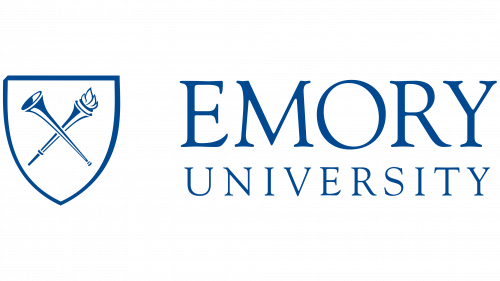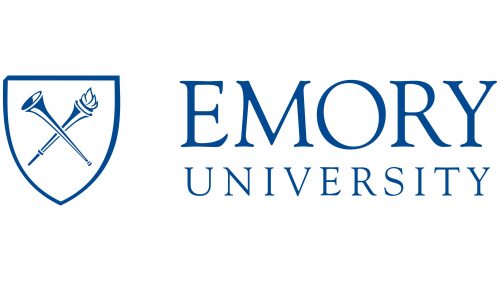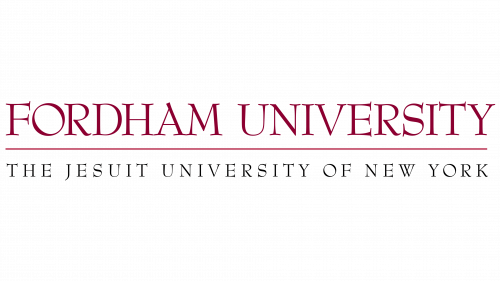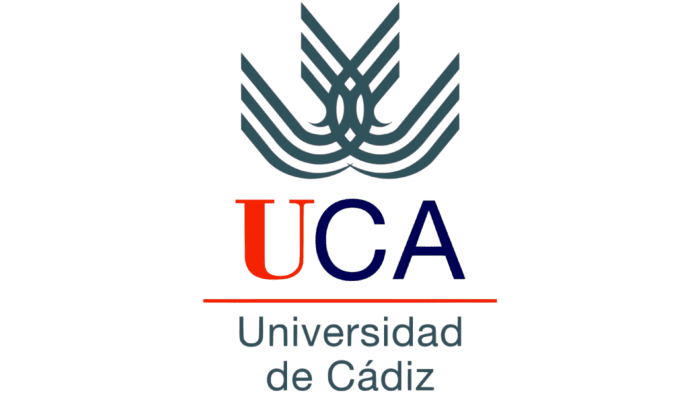The Emory University logo symbolizes a rich academic tradition and the pursuit of excellence. The emblem represents protection and strength, emphasizing that the university views knowledge as a powerful weapon for achieving success and overcoming life’s challenges. The image of the institution, embodied in the logo, is associated with respect for fundamental values and perseverance in pursuing development and discoveries.
Emory University: Brand overview
When a small group of Methodists from Newton County, Georgia, founded Emory College in 1836, the history of Emory University officially started. The organization bears the name of eminent Methodist leader Bishop John Emory. The main objective of the college, which was first established in the little Georgian town of Oxford, was to train young men for ministry in the Methodist Church.
The institution faced several obstacles in its early years, such as the Civil War and financial hardships. Despite these challenges, the college continued its operations during the war, albeit with some disruptions.
The school started to include courses in modern languages and the natural sciences in the 1880s, demonstrating an increasing awareness of the necessity of a more thorough education.
1914 was a sea change in its history. The Coca-Cola Company’s founder, Asa Candler, donated cash and property in Atlanta to support the establishment of a new university campus. Because of this grant, the college could relocate to Atlanta and become a university.
The institution formally established itself as a university in 1915 and quickly started to grow. The School of Theology, the School of Law, and the School of Medicine were founded among the new faculties and institutions. The expansion greatly enhanced educational prospects and influence in the area.
The establishment experienced substantial expansion during the 1920s and 1930s. Many of the campus’s famous structures, such as the library and administration building, were built during this time. Additionally, the institution started drawing well-known academics and expanding its research initiatives.
Like many other institutions, the establishment participated in military training programs during World War II. After the war, the university kept growing, adding new departments and drawing in more students.
The institution’s social policies saw significant modifications throughout the 1950s and 1960s. One of the first private colleges in the South to accept African American students, it did so in 1962. This decision reflected the university’s dedication to promoting more tolerance and diversity.
The school considerably enhanced its standing as a research university in the 1970s and 1980s. Establishing new research centers and institutes led to close collaboration with the Centers for Disease Control and Prevention (CDC).
The institution saw continued expansion and development during the 1990s. Large improvements in campus infrastructure were made while continuing to grow research and instructional offerings.
The university maintained its standing as one of the top research universities in the country in the 2000s, with particular emphasis on the advancement of medical research and healthcare.
In the decade of the 2010s, the school’s global reach expanded. The institution increased the scope of its exchange programs and partnerships with overseas universities to give students access to a global education.
The university began an ambitious initiative in 2020 named “2O36,” which is scheduled to culminate in 2036, the year of the university’s bicentennial. This program seeks to alter the institution’s teaching, research, and innovation approach through large expenditures on new technology, research infrastructure, and student support.
The new Center for Health Innovation opened its doors in 2021, bringing physicians, researchers, and engineers together to create novel medical treatments and technology.
In 2022, a brand-new, multidisciplinary Institute for Artificial Intelligence was established. This institute focuses on using AI in the social sciences and medicine, among other subjects.
In the same year, the school strengthened its relationships with foreign organizations and academic institutions by greatly expanding its programs related to global health.
The university unveiled a detailed plan to modernize and expand its campus in 2023. This proposal includes new academic buildings, research labs, and student dorms.
By adding more courses on innovation and business and establishing a new startup incubator, the institution improved its support initiatives for student entrepreneurship.
The university kept improving its online learning offerings, adding classes and providing full degrees online.
The institution has consistently adjusted to society’s shifting demands while upholding its fundamental principles and dedication to academic excellence. It began as a tiny Methodist college and has expanded into a large, internationally renowned research university still heavily involved in public life, education, and research.
Meaning and History
What is Emory University?
Atlanta, Georgia, is home to a well-respected private research university. It is known for its broad curriculum and high standards of academic excellence, offering a wide range of undergraduate and graduate degrees in arts and sciences, business, law, medicine, nursing, public health, theology, and other fields. The university is particularly known for its active biological research and healthcare programs, in which Emory Healthcare plays a significant role. Its campus in the Druid Hills neighborhood features a unique architectural design that blends contemporary and historic elements. The university emphasizes global engagement, research opportunities, and interdisciplinary studies. With the university’s location in Atlanta, students have various work and internship options in the bustling metropolis.
1915 – today
The university emblem harmoniously combines a drawn element on the left and the name on the right. The shield depicted in the logo has rounded side lines that form a point at the bottom. This heraldic symbol, dating back to the era of knighthood, embodies nobility and the readiness to fight for one’s values. It symbolizes the protection of faith and beliefs, echoing the biblical image of the “shield of faith.”
The shield features two key symbols associated with the university: a horn and a torch. In the biblical context, the horn symbolizes the second coming, when the dead will rise at the sound of trumpets, and a just judgment will follow. The torch, in turn, represents the fire of knowledge and the light of Christ, which points to the true path.
These Christian symbols are closely tied to the university’s history. The institution was founded by the Methodist Church and named after Bishop John Emory, who emphasized education and disseminating Christian literature. To the right of the shield is the university’s name, rendered in a refined blue font in two levels, with the bishop’s surname highlighted, emphasizing his significance in the institution’s history.
The Seal
The Emory University seal reflects a rich history. The outer circle features the university’s name—”Emory University.” The inner space is divided by a heraldic ribbon, with the years when the institution was known as Emory College (1836-1915) displayed at the ends. This refers to the university’s origins, reminding it of its long and honorable development path.
At the center of the seal are crossed a trumpet and a torch. These symbols, which also appear on the university logo, represent the light of knowledge and the strength of the voice of truth. The torch symbolizes enlightenment and education, while the trumpet signifies knowledge being passed on, a powerful and influential voice of truth.
The heraldic ribbon inside the circle bears the Latin motto: “Cor prudentis Possidebit scientiam,” which translates as “The wise heart will possess knowledge.” This motto emphasizes the university’s commitment to integrating faith and knowledge, highlighting the importance of wisdom in the learning process and the pursuit of truth.
The university seal is executed in a classic style using black, giving it a solemn and respectful appearance. This reflects the seriousness and high status of the institution. The seal’s symbolism emphasizes the university’s elevated principles and role as a custodian and transmitter of knowledge through generations.






